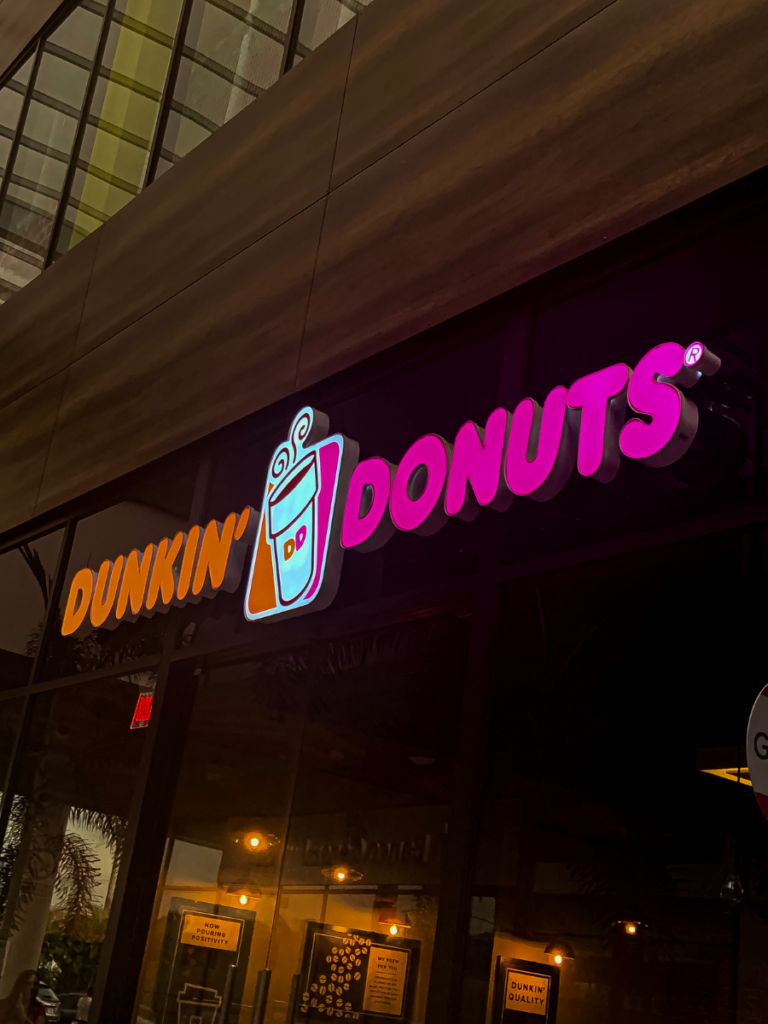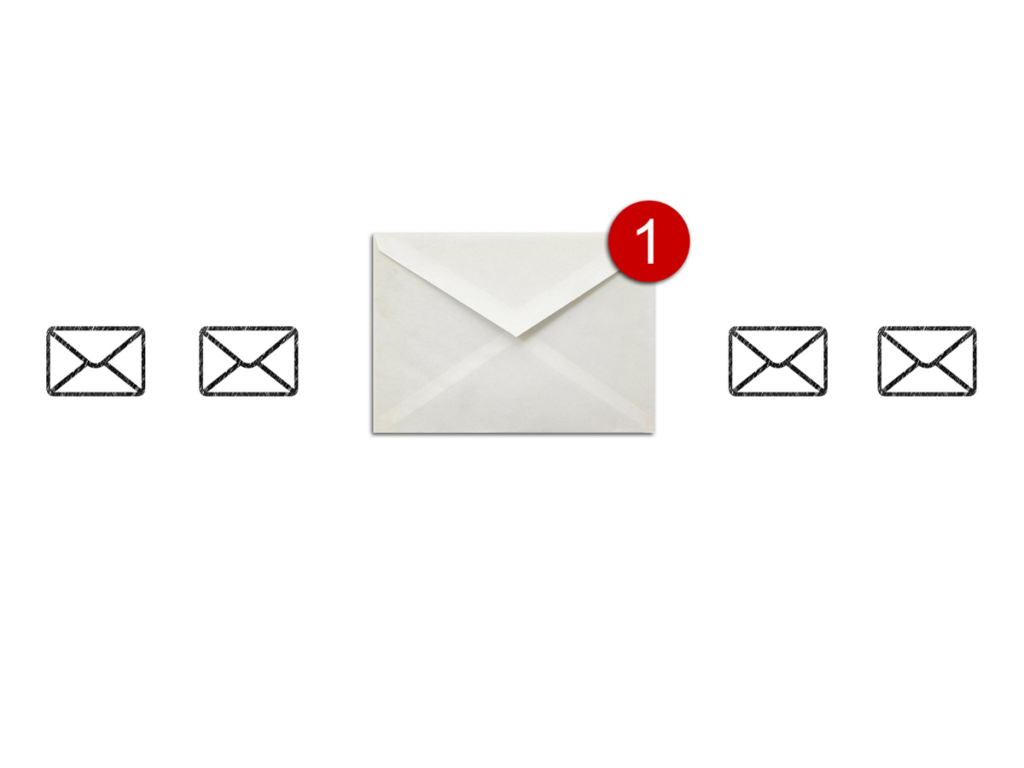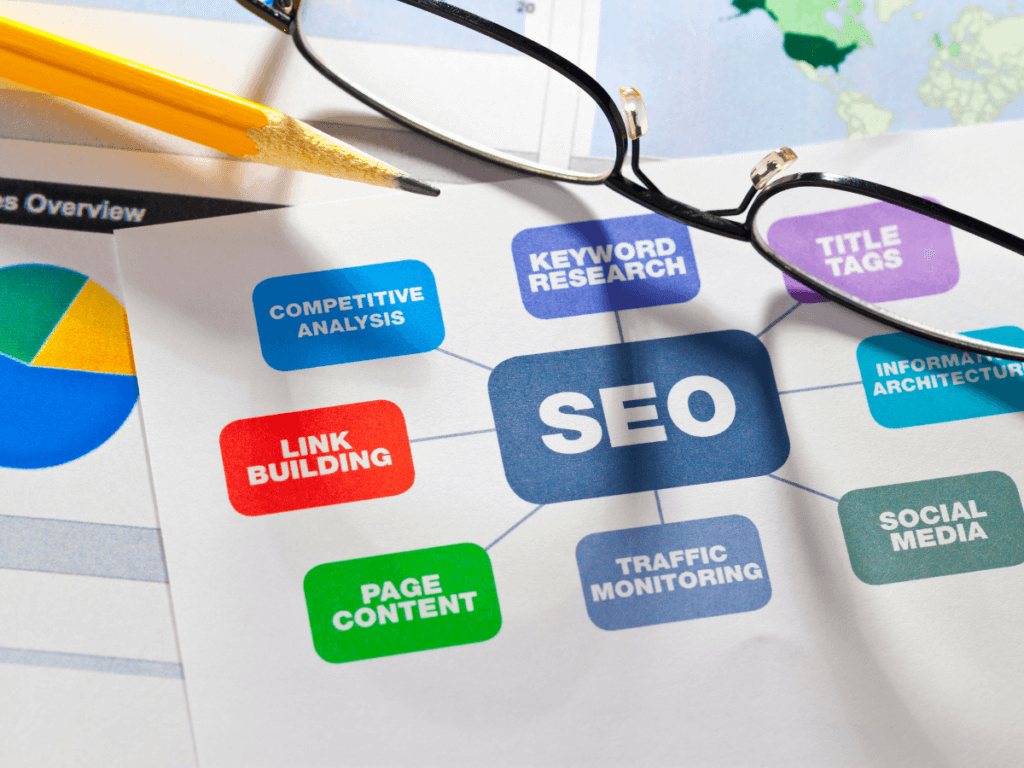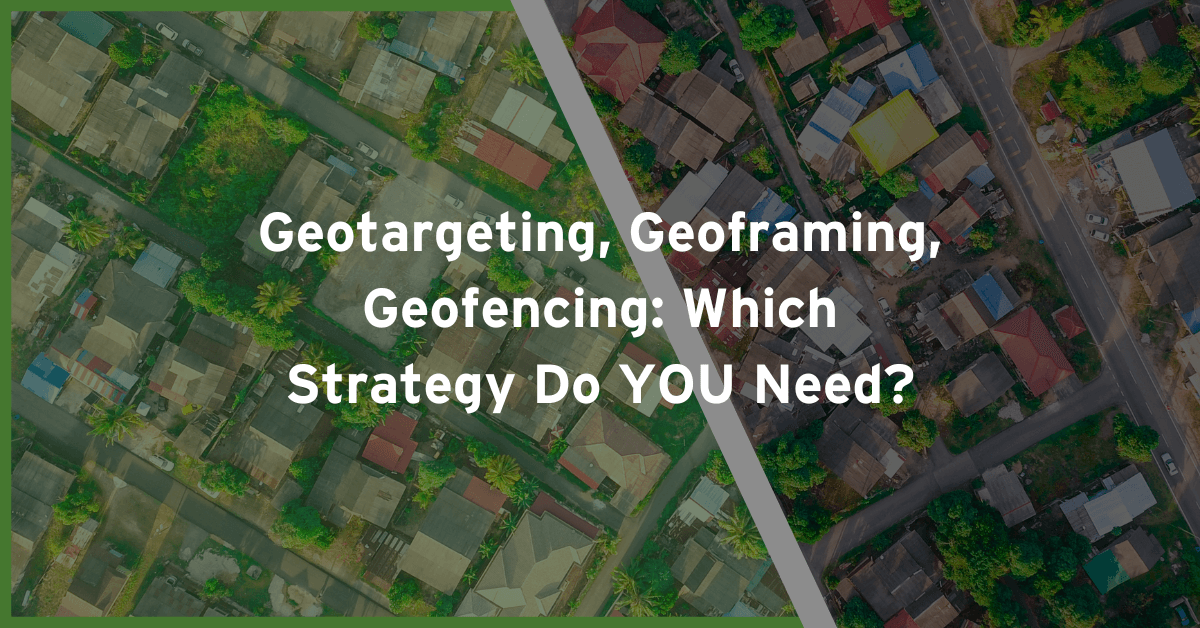Because of their popularity, brand names like “Band-aid” have replaced the generic term. Nowadays, people also call themselves an “Apple person” or a “Nike person.” Brands have become so engrained in our lifestyles and habits that people start to identify with them, and don’t think twice before buying again and again.
Brands usually spend decades getting to the this point. Even so, there are some truly powerful methods to help even a small brand boost awareness quickly. What are they?
Brand Awareness vs Recognition

People recognize the pink and orange letters before they can even read the Dunkin’ Donuts sign. But brand awareness goes further than just knowing the business name – it includes feelings and experiences. How can you start building awareness?
Strategies for Brand Awareness
Strategies for brand awareness #1 – Expand your social media presence
In 2023, 4.8 billion people actively use social media. Why not advertise where people spend their time? What’s more, social media makes brand interactions feel more like a two-way conversation.
A social media strategy

Document tactics you plan to use, decide which metrics will measure your progress, and set goals in terms of these metrics.
There are many tools that can help you with social media content. Canva can make images, and we like to use our Connect360 platform to schedule our posts.
Here are some common metrics for brand awareness:
- Reach – The number of people who see your content
- Impressions – The number of times people see your content
- Engagement Rate – reactions, comments, and shares
- Video Completion Rate – Do people watch until the end?
Consider the benchmarks that other marketers use. On Facebook, the average engagement rate is 0.15% of followers, while Instagram’s engagement rate is 0.60%. Adjust your tactics if you want to aim higher.
Strategies for brand awareness #2 – Launch a referral program
A Nielsen study reveals that 92% of people worldwide say they trust friends and family recommendations above all other ad types. However, you can’t expect people to refer friends and family without an incentive.
Offer them a gift voucher, a discount, or perks for referring other people.
Strategies for brand awareness #3 – Partner with other businesses

Growing a business by yourself is extremely challenging. Building a professional network has many benefits:
- Gain mentors and professionals to guide you
- Connect with a community of buyers and supporters
- Access to more resources
- Stay inspired, challenged, and keep learning
Here are a few tips on building a professional network:
- Reach out and congratulate other business people on their achievements
- Thank people
- Comment on and share other’s content
- Tag people to recommend content
- Use email, phone, or Zoom to get more meetings
- Communicate regularly with people already in your network
- Reach out to old contacts by following these steps:
- Use one of the above methods to get more personal meetings on your calendar
- Acknowledge how long it’s been since you’ve talked
- Get personal by saying why you’re reaching out to them
Strategies for brand awareness #4 – Leverage public relations

Forbes says good PR can get you investors and set your company apart. How can you pitch your brand story?
Be consistent. Journalists have tough deadlines. Follow up often to get your story pushed through. Think of PR as a marathon, not a sprint. It takes time to build relationships with the media. Your goal is to eventually get your company in the press and online publications constantly.
If you can afford it, build a team of PR experts, or even hire a firm. Communicate well. Next to your own leadership team, your PR people are the most critical to getting your company to the next level. Understand how PR works: it usually takes 6 months to a year to get a big press hit.
Make PR a priority. Be available when your team needs you for an interview or to get story material. Success means getting started sooner rather than later.
And if you’re a small business, don’t think that PR is off the table. By publishing content yourself, you can increase your visibility until your business is big enough for other publications to take notice.
Strategy #5 – Grow a mailing list

It costs 5 times more to get a new customer than to keep an existing one. A McKinsey study reveals that email gets new customers 40 times better than Facebook and Twitter combined! Email builds a loyal, engaged audience at a low cost. It’s one of the secrets to web traffic, sales, and repeat customers.
On each of your site pages, give a Call To Action (CTA) with a clear value. Ask for their email address in exchange for the specific thing that they want. Pop-ups and slide-ins don’t have to be gimmicky. Show them to users only after a given period of time.
Try humor. Next to your sign-up button, you could put another button saying, “No, I don’t want massive success” (or insert whatever thing your users really do want). You could try creating landing pages where viewers have no option but to sign up for your list. Opt-ins will make your marketing more focused and effective.
Strategy #6 – SEO

SEO isn’t just a game. Daily, 92% of 5.6 billion searches on all internet browsers happen on Google. To be visible there, you’ll need a few things:
- Content Optimization – Tools like Ubersuggest help you find keywords that buyers use to find you. Answer people’s burning questions. Better answers will get you higher rankings, especially with persuasive copywriting
- Technical Optimization – Ensure that your site loads fast and is easy to navigate on all devices.
- Off-Page Optimization – Public relations and guest blogging can get you valuable links referring to your site.
Strategy #7 – Create engaging visual content

Neil Patel says that 65% of people learn visually, that 90% of the information going into our brains is visual, and that presentations with a visual component are 43% more persuasive.
Don’t just display images. Make them a dominant part of how people interact with your brand. People also love videos, where you can show them a lot in a very short time. Don’t just show statistics. Entertain people with infographics and memes.
What does this mean for you? Pick just one or two of these powerful strategies for brand awareness to get started. Once you’ve made progress, add in another. Pretty soon, with all of these strategies, your brand awareness will be at an all-time high.





